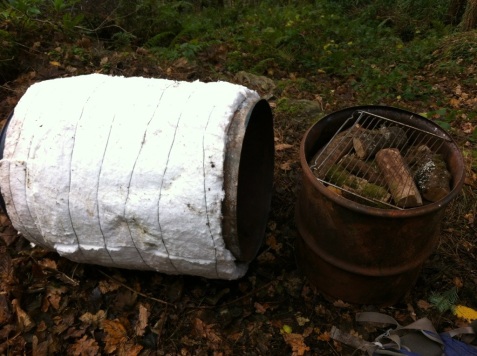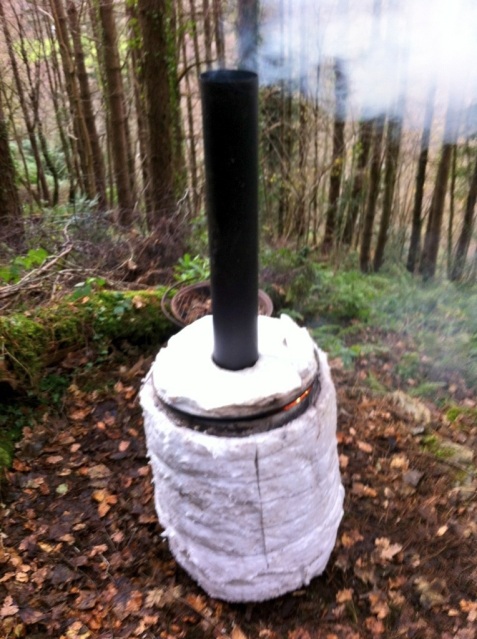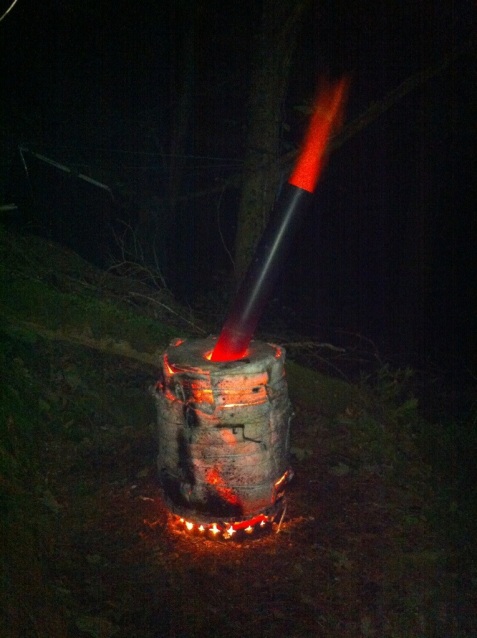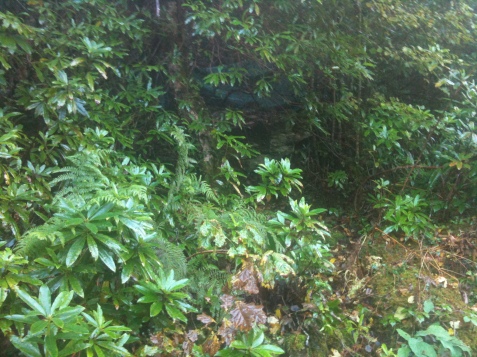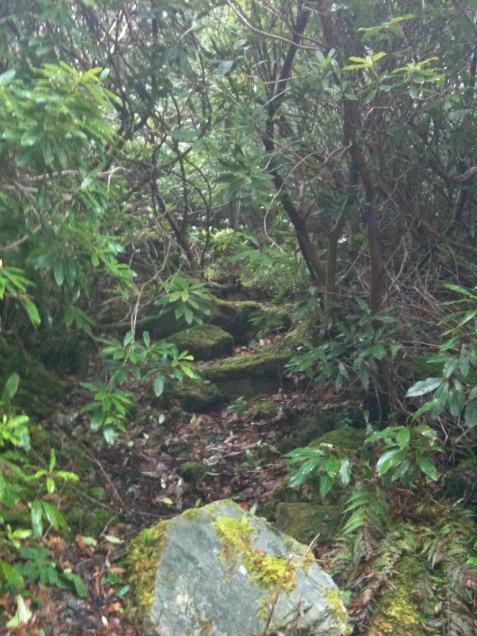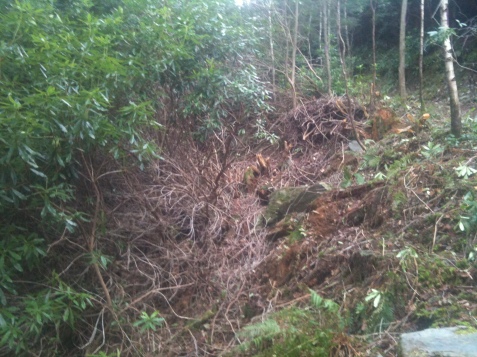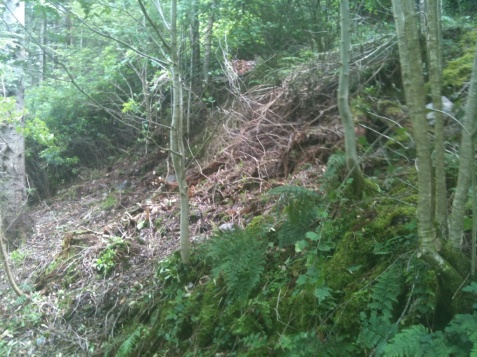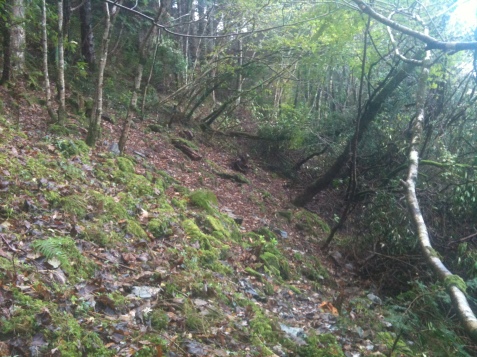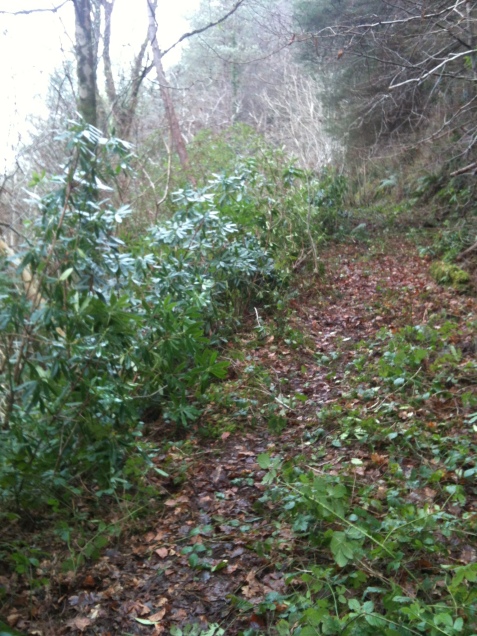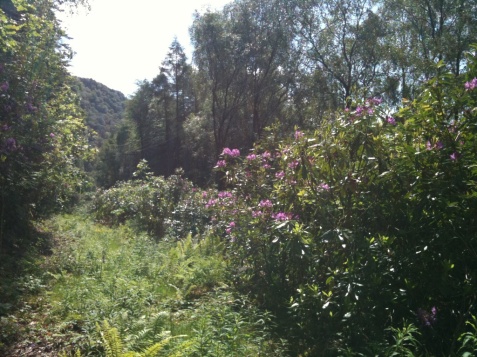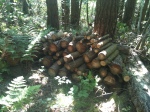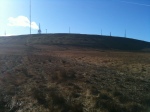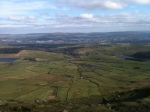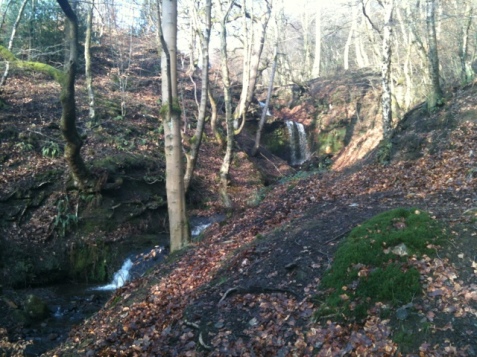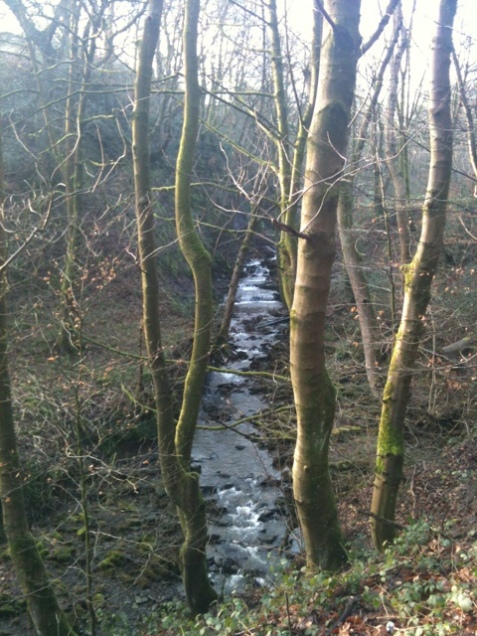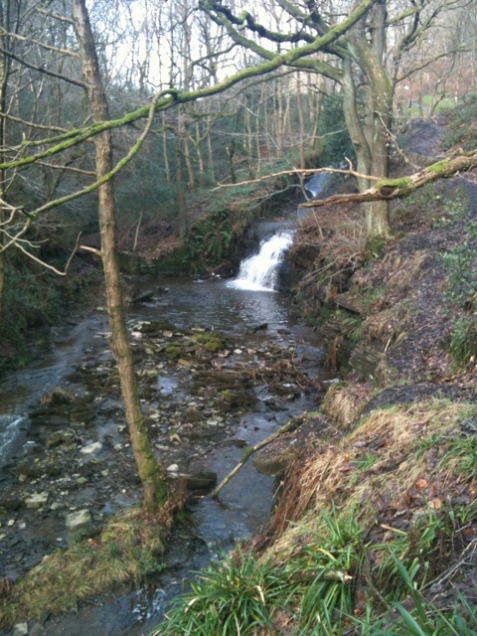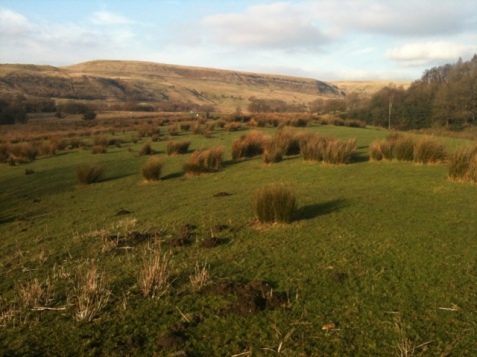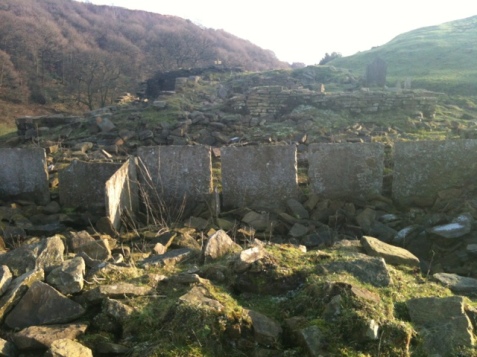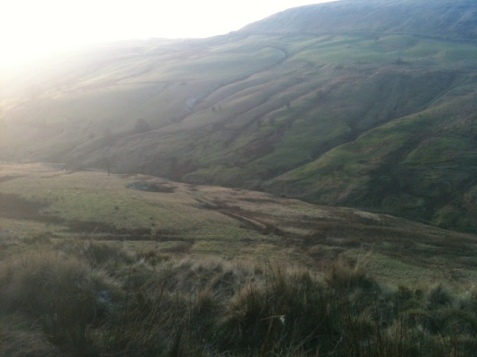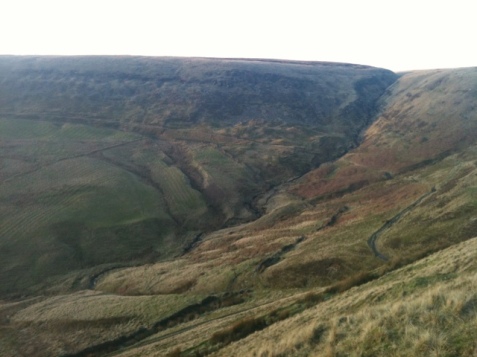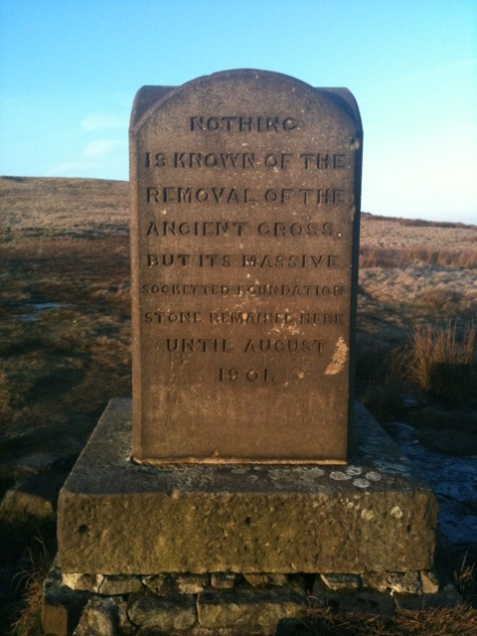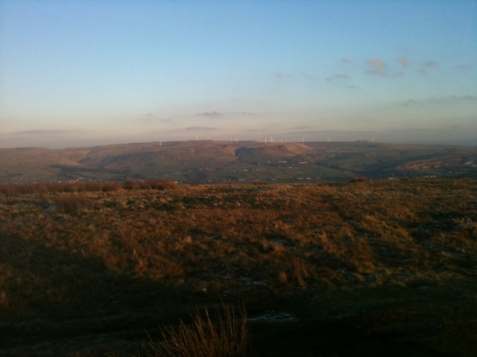A new NIMBYism is stalking the land.
It’s a powerful new NIMBYism, with the potential to unite anarchist and banker, tree hugger and professional footballer, civil disobedient and lawyer.
Of course, I’m talking about the growing anti-fracking movement in the UK, part of a global movement against the “unconventional” fossil fuel extraction process which has gained notoriety from its development and deployment in the USA. Tales of polluted land and water, cancers and rashes, noise and industrial activity in leafy suburbs permeate the World Wide Web.
Whilst much of the UK is licensed off by the government for shale gas exploration, everyone is trying to defend their own corner. A group of six wildlife and countryside groups, including the National Trust and the RSPB, and backed by a group of cross-party MPs, has called for “frack free zones” around the most sensitive habitats across the country.
Anti-fracking protest camps have been seen at Balcombe and Barton Moss, the “protectors” variously characterised as heroes and soap-dodging scroungers who really ought to get a job. YouTube footage of police behaving as little more than corporate-hired thugs is circulating, largely kept off our screens by the likes of the BBC, but with confidence in the Police possibly at an all-time low in the wake of Hillsborough, Plebgate, Stephen Lawrence and other corruption scandals, it’s not just those who are old enough to remember the miners’ strike who are unsurprised at the now well-documented questionable police tactics. Paid by society to protect the general public, many seem to have forgotten who their paymasters actually are, and what is expected of them. Conducting themselves in accordance with the law, for one thing.
The anti-frackers, although still fringe, do enjoy some support. “Celebrities” such as Russell Brand have championed their cause, Green Party politicians are among the arrested, and substantial companies such as Lush are providing funding and resources. Lawyers are providing their services free of charge to enable effective legal challenges to eviction orders and false arrests. The hope is that once fracking reaches WAGSville, the big wallets will open and the well-remunerated and well-connected legal eagles will swoop and pick off the renegade authorities bothering the protest movement.
But all is not well in the well-to-do NIMBY camp. Residents of Davyhulme in Greater Manchester have recently learned that a wood burning power station will be built near to the town, despite the local authority pulling out all the stops to prevent it, including taking the Government to the high court. And if residents of the leafy suburbs don’t like the idea of a wood burning power station nearby, they really aren’t going to like fracking.
And here’s the rub.
Because one thing we all enjoy on a dark winter’s evening is to be able to flick a light switch and our rooms to be illuminated by the magic glow of electrically powered fluorescence. We also like our gas boiler to fire up on time, so that when we get home from work the house is bearably warm. OK, so our idea of what constitutes “bearably warm” might be different to that of our parents when they were our age. But still.
We like our TVs and our gadgets, all essential for modern life, and really, what’s the point of going to work at all if we can’t fly off for one or two foreign holidays in the sun every year? We are not rich after all – we are the 99%. These things are not too much to ask – surely?
The stark fact is that we in the rich world, a small proportion of the Earth’s human population, use a massively disproportionate quantity of available carbon fuel resources. The average UK citizen emits ten times the quantity of carbon very year as the average Indian citizen. UK energy prices are about average in Europe, yet our leaky homes mean that we spend a huge amount on heating the outdoors. The “Greenest Government Ever” has responded to this national challenge by cutting subsidies for insulation measures to tackle the worst performing properties, and giving the ‘squeezed’ middle classes a one-off rebate of £50 on their average £1,300 energy bill. Or rather, has limited the rise in said bill from £120 to £70 for one year only.
People don’t like rising energy bills. Nor do they like rising food bills or rising petrol and diesel bills. Nor do they like having their home flooded. Farmers like to be able to grow their crops without having them wiped out by extreme weather events.
Fossil fuels are finite on Earth, and those which were easiest to extract have already been burned. Production of “conventional” (light, low sulphur content) oil peaked in around 2005. Since then, supplies have been kept steady by projects such as the Canadian tar sands (where pre-oil rocks are strip-mined and cooked using huge quantities of natural gas to produce ‘syncrude’)’ deep sea drilling (think Deepwater Horizon) and, of course, fracking. Fracking has famously made the USA far more self-reliant for oil and gas – with the attendant environmental, social and health costs associated with fracking.
The fact that we are fracking at all should make it obvious that humanity is scraping the barrel for fossil fuels. The easy stuff is gone. The nasty stuff is what’s left. It takes far more energy now to produce one barrel of oil than it has ever done. Oil companies are investing huge sums in production of new “unconventional” resources, but company profits and production levels are declining. Even the miracle of fracking now appears to be a passing flash in the pan, with production levels at each new well declining rapidly and huge multinationals selling their shale gas businesses as emerging liabilities rather than game-changing assets. Entire mountain tops in America are being removed in search of coal. In Australia, the Great Barrier Reef, once the image of a scuba-diving holiday in paradise, is under threat from dredging to make a new deep water port for coal export. The price of a barrel of Brent Crude is over five times the price that most of the UK’s North Sea oil was sold off for.
Climate science tells us that at current rates of carbon dioxide emission, the planet will probably be around 4 degrees centigrade hotter than the pre-industrial average by the end of the century. Temperatures today are around 0.8 degrees centigrade above that average. Anyone who does a bit of web trawling for news outside of the mainstream media will be aware of the extreme and destructive weather events going on all over the world. This is just the beginning. Anyone who does not believe in climate science need only read the Geological Society’s position on climate change – a position which does not rely on modern computer models or atmospheric analysis at all, but simply looks at the geological record to see what conditions on Earth were like last time CO2 in the atmosphere reached today’s levels. There is no reason to believe that the laws of physics have changed and that things will be different this time around, no matter how much wishful thinking might tell us otherwise.
And yet, it’s not just fracking which brings out the NIMBYs. As well as the aforementioned wood burning power station, opposition to wind farms is well known, as people don’t like having their view spoilt. Concerns about bird populations are often cited as an argument against wind power, although the fact that the RSPB itself uses wind power and views climate change as the biggest threat to bird populations is rarely mentioned by these “concerned” types.
In Ramsbottom, Lancashire, a proposal to produce renewable gas in an industrial composter has been met with local opposition, who are concerned about possible smells. Not 24-hour noise, not carcinogenic chemicals, nor possible pollution of groundwater, but the odd possible pong. “What we wouldn’t give,” I can imagine residents of Davyhulme saying, “for just the odd pong, instead of this wood burning power station”. Davyhulme residents are probably accustomed to the odd pong, living as they do right next to the M60 motorway and a local sewage farm. But I digress.
The day of reckoning is coming, and it is not far away. Fracking is the tip of the iceberg in every sense – the most visibly threatening aspect of a crisis of reliance on a form of energy which runs so deep that it is pretty much impossible to get a proper perspective on. And that reliance is more than capable of sinking the unsinkable ship of technological capitalist society.
Whilst the anti-fracking movement can most certainly provide a focus for those concerned about the toxic industrial exploitation of their neighbourhood, it is in essence just another NIMBY campaign against a particular energy technology. Perhaps energy NIMBYism should be more correctly characterised as BANANAism – Build Absolutely Nothing Anywhere Near Anybody. But everyone likes their light, warmth, gadgets, cars and holidays in the sun, and that lifestyle is non-negotiable. After all, if we can’t have those things,what really is the point of life?
As the anti-fracking movement grows, we will see more and more about it on our screens. Doubtless the BBC will do a grand job of sketching out the arguments for and against, in its usual impartial fashion pitting industry experts on how safe the technology is,how it will keep us free from the clutches of Vladimir Putin, and Treasury reps telling us how many jobs the industry will create and how much tax revenue it will bring in to support the (admittedly recently dismantled) NHS, against ranting beardies explaining how they are being oppressed by a conspiracy of state and big business and how it is killing the polar bears.
But the argument about fracking is a distraction from the real crisis – a systemic addiction to finite, environmentally lethal fossil fuels and a high-resource consumption society built on the production of waste. A country of leaky homes and rising fuel poverty where the easiest solution to fuel debt is to remortgage your home.
What we need is a new, low carbon industrial revolution before it is too late, and time is fast running out. Huge numbers of jobs could be created through the retrofit of our homes and businesses. Resource efficiency is a guaranteed economic growth sector in a world of diminishing resources and returns. Britain could lead the world. And yet we run with the lemmings, like good consumers, whilst the fossil fuel magnates suck the last drops of corporate profit from the dying body of industrial society lying on the soiled sheets of the planetary biosphere.
We cannot rely on politics to solve the problem – all of the major parties are in league with big business and all support fracking whilst paying lip service to climate change mitigation efforts. Only the Green Party seems to have any kind of coherent, if necessarily radical, energy policy for the medium and long term. And remember – there is no non-radical future option left open to us. Business as usual is unsustainable, in the literal sense of the term. Its shelf-life is nearly up. The “do nothing” option will not lead to more of the same.
So we are left with the only course of action available to us – taking personal responsibility for everything that we do. We can work towards a more sustainable way of life, individually and within our communities. We can vote with our money, our time, our words and our deeds. We can rise above the paralysis of the false perception of powerlessness, that there is no difference that we can make, and collectively make that difference – not because we know we will succeed, but because it is the right thing to do.
Imperfect as we are, we can rise above the fault lines of class and neighbourhood, of nation and culture and take responsibility and pride in our status as world citizens, as members of the human race, on the only planet known to support life. We can shed our shroud of mindless consumerism, of worker drone demand machines which must be supplied at a profit for shareholders. We have the World Wide Web – the collective knowledge of all of humanity – at our fingertips. We are not helpless. We can start to really live as a species in harmony with ourselves and with our home planet – before we collectively die a death of our own making, taking most of the biosphere with us.
If we have the power to break paradise, then we sure as hell have the power to make it too.

